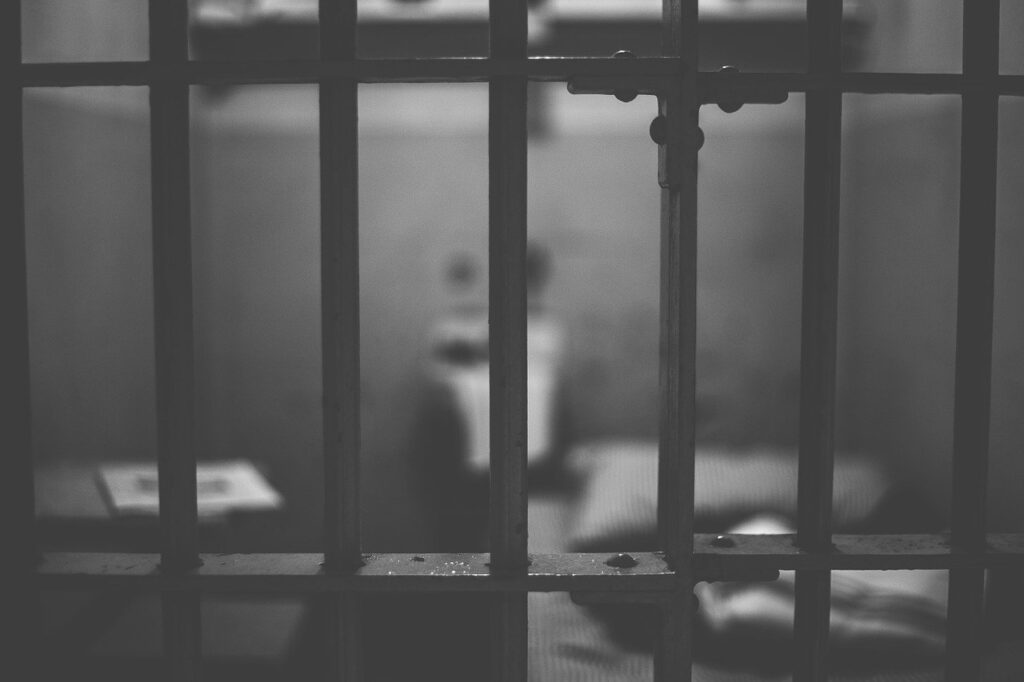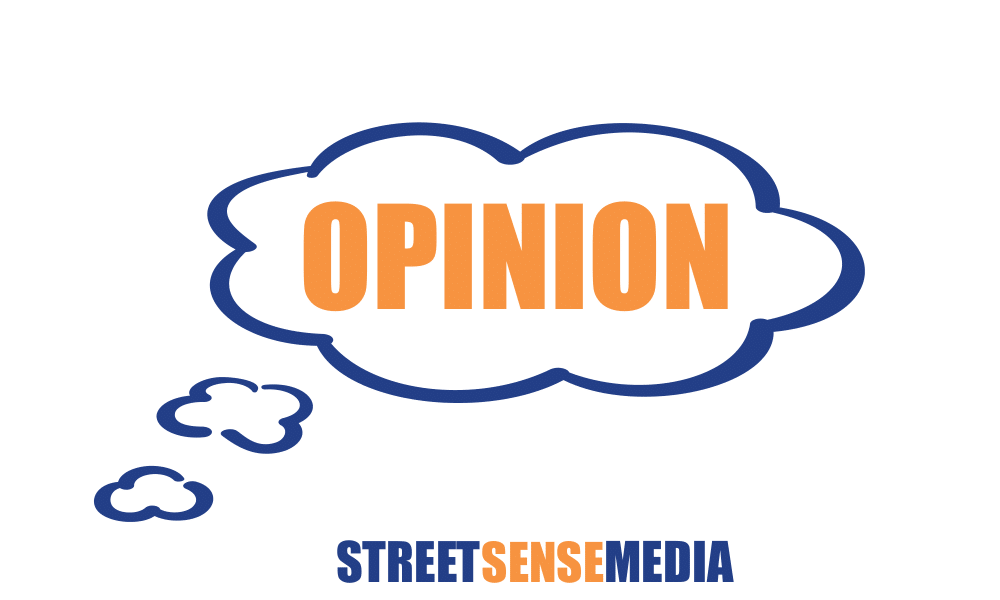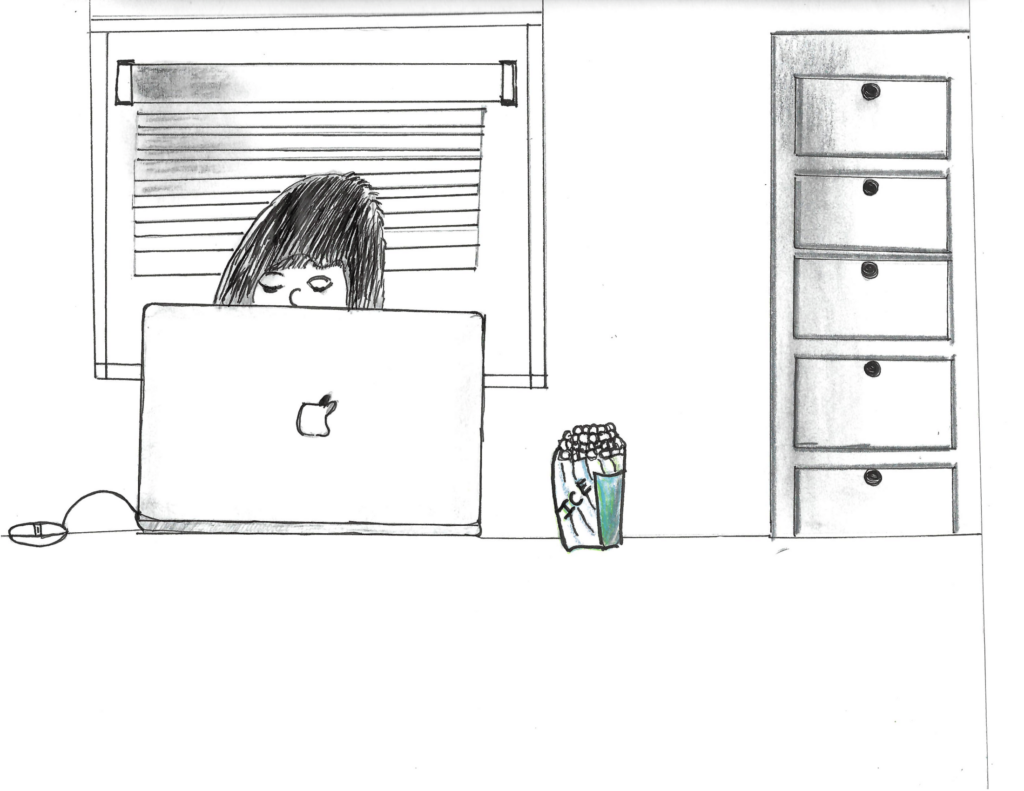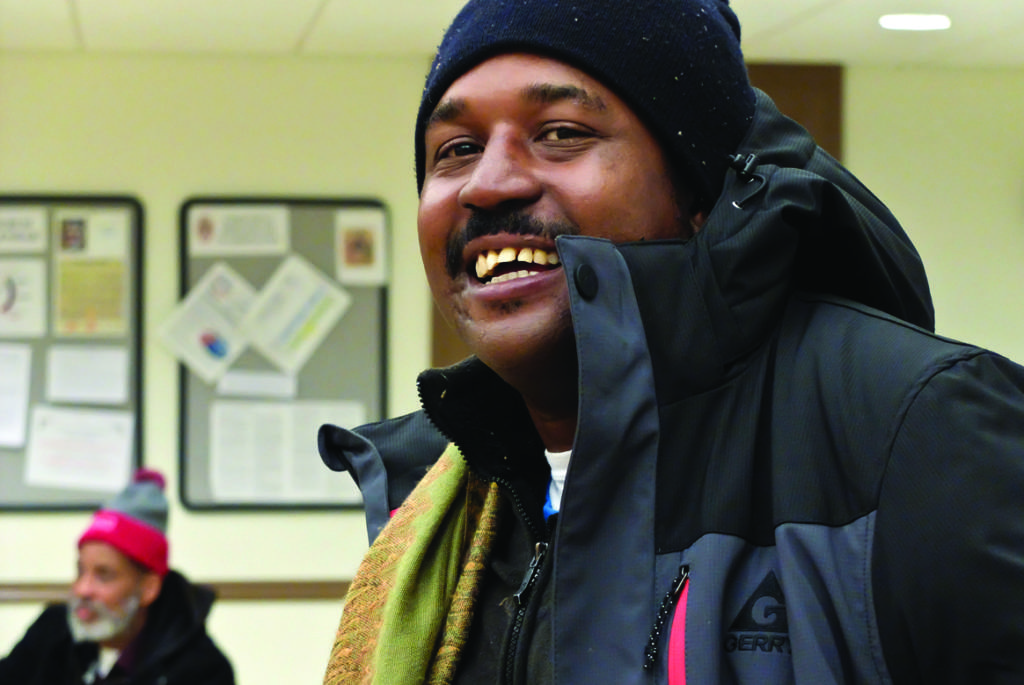“America, the land of the free”? No!
The United States has 5 percent of the world’s population, but twenty-five percent of the world’s inmates, a rate almost forty percent more than its nearest competitors, including Russia, and 6.2 percent more than our neighbor, Canada; more people are employed in corrections in the United States than the total at General Motors, Ford and Walmart.
Statistics show that 2.25 million people are behind bars in the United States, most for nonviolent crimes, including property and drug offenses. The inmates, on average, have fewer than eleven years of schooling, and the majority are minorities.
The damage this mass imprisonment has done to U.S. society and what can be done about it are the subjects of two important new books: Race, Incarceration and American Values, by Glenn C. Loury (Boston Review/MIT Press) and Let’s Get Free, by Paul Butler (The New Press).
Loury, professor of social sciences at Brown University, notes that the criminal justice system was originally designed to return offenders to society “corrected,” as productive citizens, but the aim shifted over the years from rehabilitation to punishment. The shift can be viewed against the backdrop of the country’s violent racial history.
“This historical resonance between the stigma of race and the stigma of imprisonment serves to keep alive in our public culture the subordinating social meanings that have always been associated with blackness. Race helps to explain why the United States is exceptional among the democratic industrial societies in the severity of its punitive policy and in the paucity of its social-welfare institutions.”
How does this play out? Lowry says that 60 percent of black male high school dropouts born in the late 1960s are imprisoned before their 40th year and while locked up, are stigmatized: Their links with family are disrupted, their chances for jobs are diminished and many will lose their voting rights – a way to try to change the system.
“Mass incarceration has now become a principal vehicle for the reproduction of racial hierarchy in our society. Our country’s policymakers need to do something about it. And all of us are ultimately responsible for making sure that they do,” Lowry says.
In Let’s Get Free, Butler, a former federal prosecutor and now law professor at George Washington University, cites many of the same dismal statistics, but adds something: one in five federal prisoners is a low-level drug violator, meaning he or she is nonviolent with minimal or no criminal history, and while behind bars, mixes with violent criminals.
After being released, about a fourth of those previously nonviolent inmates return to prison for committing a violent offense.
“Whatever else it reflects,” he writes, “this pattern reflects the possibility that prison serves to transmit violent habits and values rather than to reduce them.”
Well, what to do? Butler makes several solid recommendations. Among them:
“Pay a kid to finish high school.” A Rand Corporation study found that based on effectiveness and cost, the best way to prevent crime, better than prison, “three strike” laws, and social programs, was to get kids to graduate from high school by using financial incentives.
“Hug a thug.” In High Point, N.C., in a drug incident, police rounded up known offenders and prosecuted the ring leaders, but instead of prosecuting the others, simply gathered up evidence and showed them unsigned arrest warrants and said the warrants would be executed if they didn’t straighten up. The community selected individuals, sometimes mothers, sometimes clergy, to meet with the offenders individually. Crime in the area fell by thirty-six percent.
“Make punishment fit the crime.” Prison terms in other countries, including England, Canada and France are far shorter than in the United States, yet rates of violent crimes in those countries are lower. “Unruly harsh sentences lead only to distrust of criminal justice and disrespect for the law.”
Butler writes that America can reduce its prison population by 500,000 by making sentences shorter, ending jail time for technical violations of parole, expanding the use of alternatives to jail, including home confinement and stopping the placement of nonviolent drug violators behind bars.
Will any of this work? Some or all of it just might if the country’s attitude toward crime, and Americans who commit crimes, can be changed back to rehabilitation from its present emphasis on punishment. Rehabilitation has been shown to turn people around, whereas punishment has been shown only to harden the already hard criminals and worse, to make criminals out of nonviolent offenders. This forces us, of course, to build more prisons.
Butler sees some hope. He quotes President Obama as saying that the war on drugs has been a failure and that the “warehousing of nonviolent offenders” has been counterproductive. But he notes also that President Clinton had said that the entire U.S. prison policy had to be re-examined.
Then Butler notes that both are politicians, and that with two wars and a weak economy, “he (Obama) will not be sufficiently motivated to create the fundamental change our criminal justice system needs, unless, we the people demand it.”







